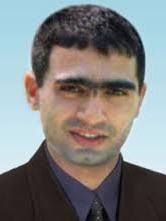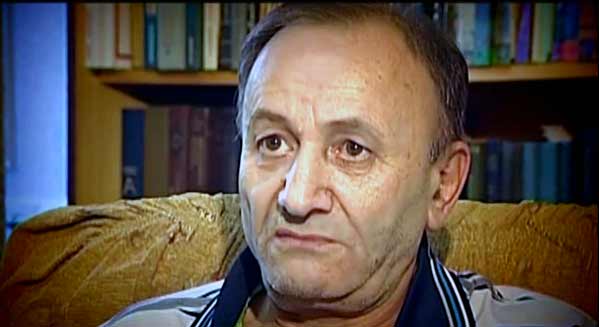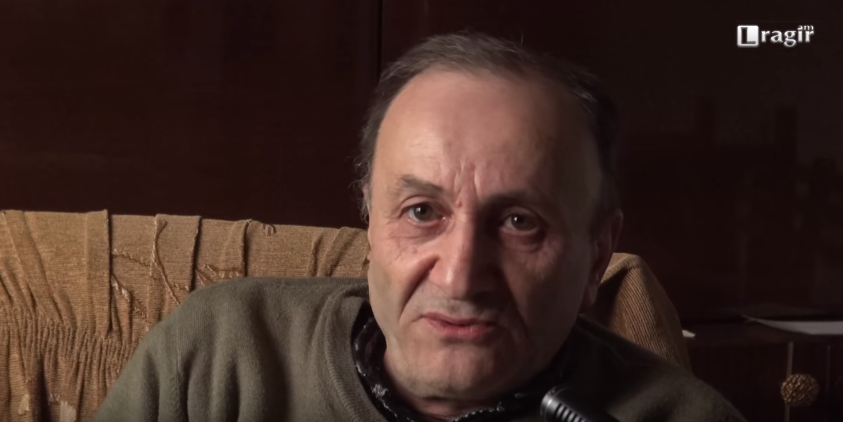Artak Nazayan’s case in the European Court of Human Rights

Artak Nazaryan’s case was sent to the European Court of Human Rights and the aggrieved party has already received a notification that the case was received and will be reviewed for proceedings.
According to the official hypothesis, on July 27, 2010, at approximately 7:50 a.m., at Ghozlu combat base, under the supervision of RA MoD unit number 21127, Lieutenant Artak Sinari Nazaryan, who was assigned as a commanding officer of the base, shot himself in the mouth with AK-74 number 1093977, assigned to him, and died immediately. Numerous facts indicate that a biased and false preliminary examination was carried out that was accompanied by numerous and various violations of the Criminal Procedure Code, as a result of which an obvious intentional murder was presented as a “suicide.” Five soldiers were arrested with this false hypothesis. The violations in the preliminary investigation are numerous and various: destruction of evidence, destruction of the fingerprints from the rifle considered to be the murder weapon, creation of fake records, and extortion under coercion and torture of witness testimonies that considerably contradict the evidence in the case and the forensic examination reports. The trial that started in Autumn of 2011 not only did not clarify the contradictions of the case but added some more to them: new facts were revealed about the extortion of witness testimonies by deception, detention of witness soldiers for 23 days, and formation of a number of other false records and documents. A Tavush regional Trial Court, presided over by Judge S. Mardanyan, during a trial that lasted about one year and ten months, tried to do everything to conceal both minor and major illegalities committed during the preliminary investigation. Everything ended with a conviction, although the aggrieved party and the defendant were demanding acquittal.
According to Peace Dialogue NGO’s military expert Ruben Martirosyan, the irony is that the indictment was completely reproduced in the verdict, as if the two-year judicial process never took place and the crimes committed by the preliminary investigative body were never revealed. The Court of Appeals, after admitting the case, made a decision to examine the case in a cassation procedure, which means the court declined to hear witness testimonies or investigate evidence. As a result, the Court of Appeals left S. Mardanyan’s verdict unaltered. Five soldiers were sentenced to different periods of imprisonment. The Court of Cassation refused to begin proceedings.
The victim’s successor sent a complaint to the European Court of Human Rights in which he presented facts about the violation of Artak Nazaryan’s right to life, hoping that an objective investigation will be carried out, if not in Armenia at least in the European Court of Human Rights.
Posted 02 June, 2014















